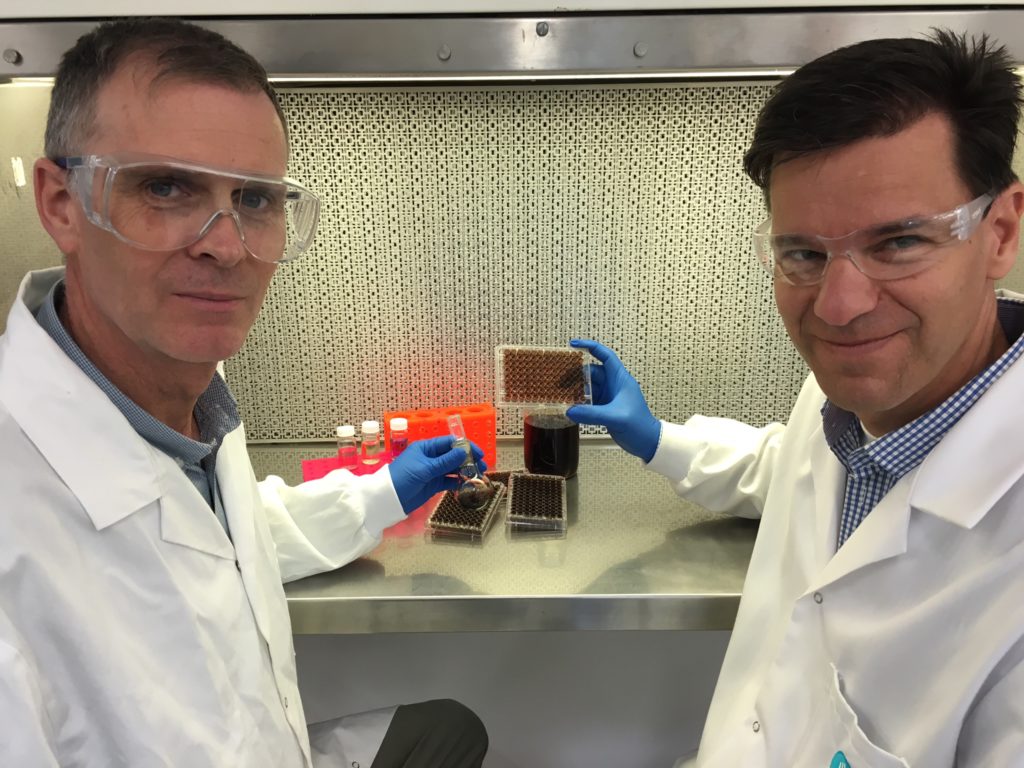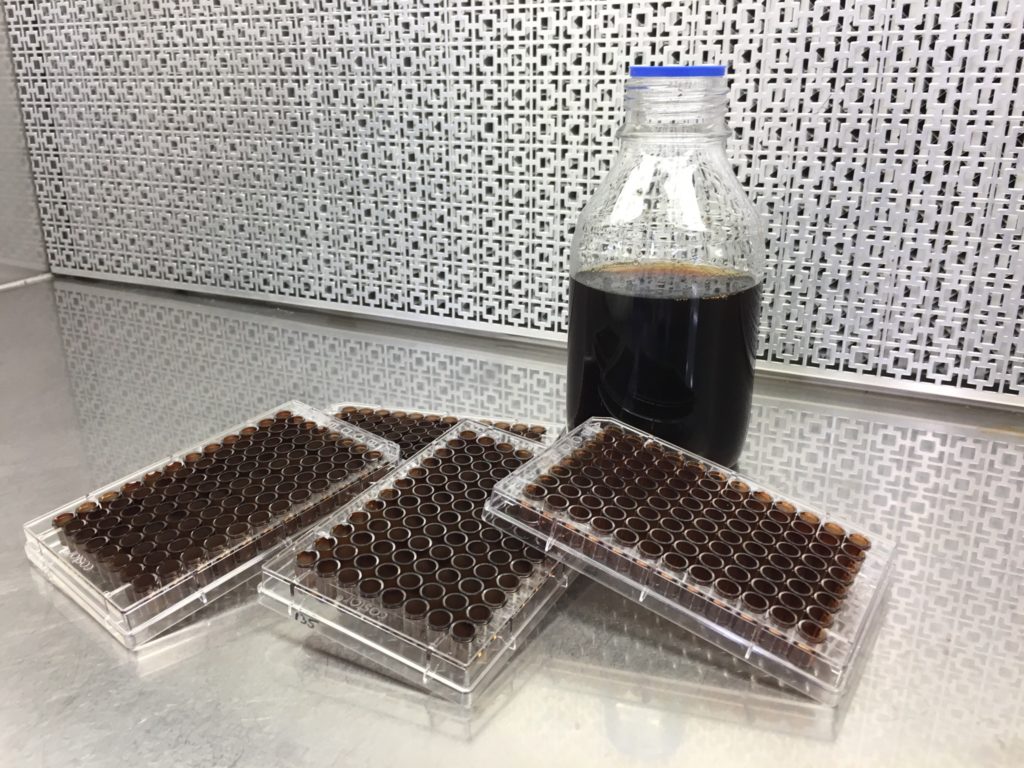Can all life on Earth be traced back to a pile of goo? And more importantly, how can this super goo solve a problem in our current-day lives?

We've developed a coating for medical implants inspired by the beginnings of life
We’ve developed a coating for medical implants inspired by the beginnings of life
Many people trace their ancestry to try and get some insight into who they are and where they came from. We ask questions like ‘was my great, great grandfather a convict?’ or ‘did my great aunt twice-removed really marry her second cousin?’
They’re important questions, no doubt, but they pale into comparison when pondering the evolution of life on Earth. Just where did it all – including us – come from?
Prebiotic chemists ask these questions for a living. They try to look back as far as possible to understand how Earth went from being formed, to having life on it. And they reckon we can all be traced back to a pile of goo – as explained in this video:
This fact we all come from goo is something that’s impressive enough to ponder in itself. But a team of our material scientists didn’t just stop there: they wanted to know how this life-forming goo could be used to solve some real-world challenges.
The incredibly ancient group of molecules that make up the goo – known as prebiotic compounds – have been studied intensively since their discovery several decades ago. For the first time, Australian researchers have uncovered a way to use these molecules to assist with medical treatments.

Australian researchers uncover a way to use prehistoric molecules in a practical way
Australian researchers have uncovered a way to use prehistoric molecules in a practical way (warning: don’t accidentally leave primordial good next to a bottle of Coke).
Our scientists developed an innovative new coating that could be used to improve medical devices and implants, thanks to these prehistoric molecules.
According to lead researcher Dr Richard Evans, hundreds of thousands of Australians receive medical implants like bone replacements, catheters and pacemakers every year.
The human body is a complex system so there’s a lot to consider when implanting artificial parts. Reducing the likelihood of infection and ensuring the body doesn’t reject implants are ongoing medical challenges.
“That’s why coatings on these implants are needed to help them to do their job.
The coating could be applied to medical devices to improve their performance and acceptance by the body. This could assist with a range of medical procedures.
“The non-toxic coating is adhesive and will coat almost any material making its potential biomedical applications really broad,” Richard said.
The researchers also experimented with adding silver compounds, in order to produce an antibacterial coating that can be used on devices such as catheters to avoid infections.
The coating process that the scientists developed is very simple and uses methods and substances that are readily available. This means biomedical manufacturers can produce improved results more cost effectively compared to existing coatings.
This research opens the door to a host of new biomedical possibilities that are still yet to be explored, so we’re seeking to partner with biomedical manufacturers to exploit this technology.
Find out more about our biomedical manufacturing work on our website.
4 comments
Subscribe to the CSIROscope


4th December 2015 at 5:01 pm
can it be used to upgrade existing implants? my 5 year old hip has been a life changer!
4th December 2015 at 5:04 pm
Our researchers are looking for partners in the biomedical manufacturing industry to bring this research to reality. Hopefully one day you’ll get a hip coated in goo!
2nd December 2015 at 9:26 am
It will be really interesting to find out if the ‘goo’ can do its work in vivo. Results from test tubes (eg. with silver coatings) don’t always bear out in animal trials.
16th November 2015 at 3:08 pm
I suppose the reason you wouldn’t ‘leave primordial goo next to a bottle of coke’ is that if you accidentally drank the coke it could damage your health.